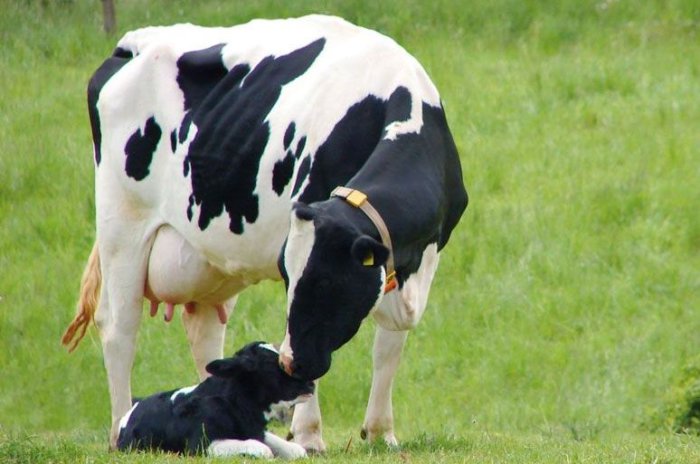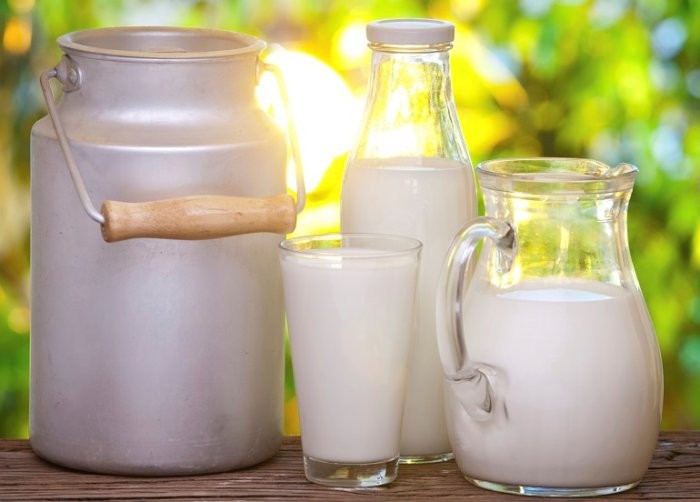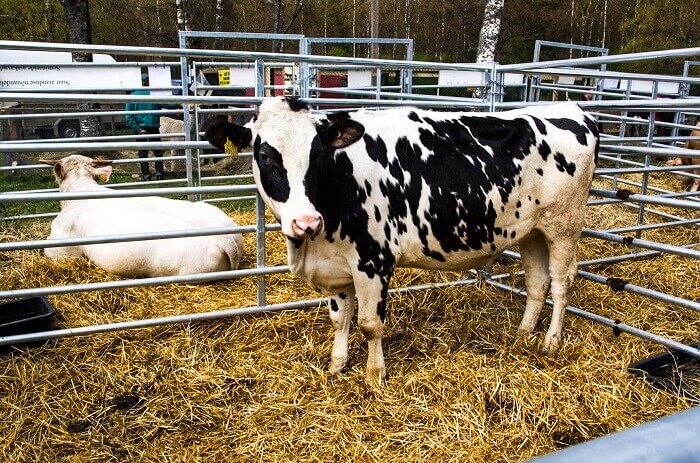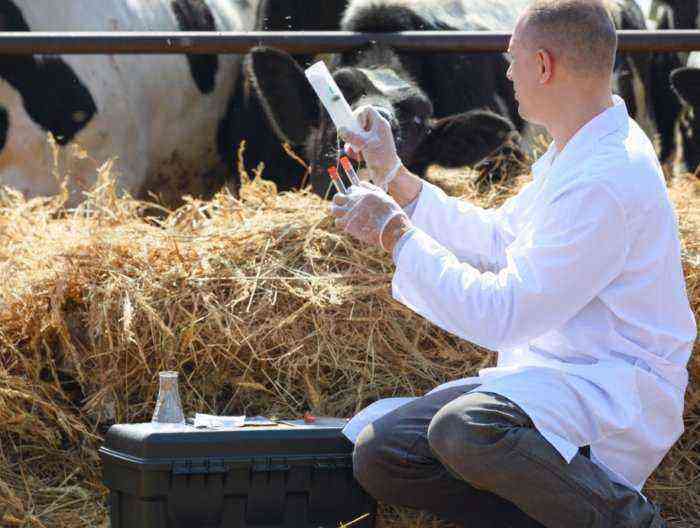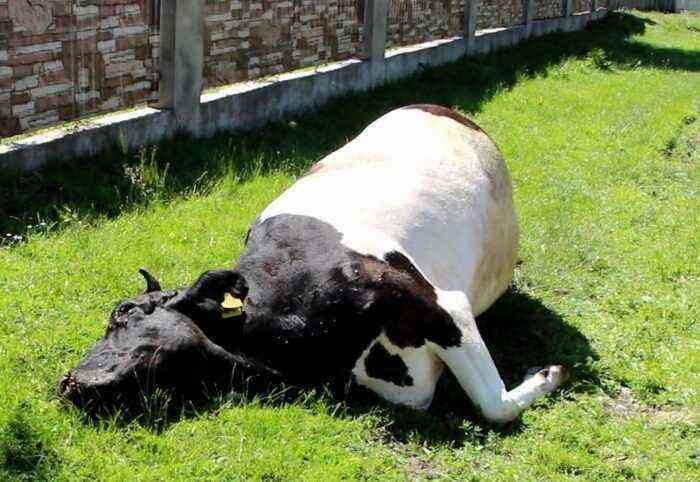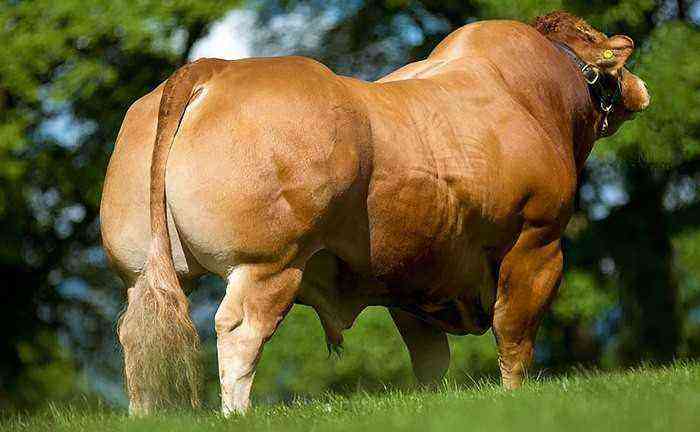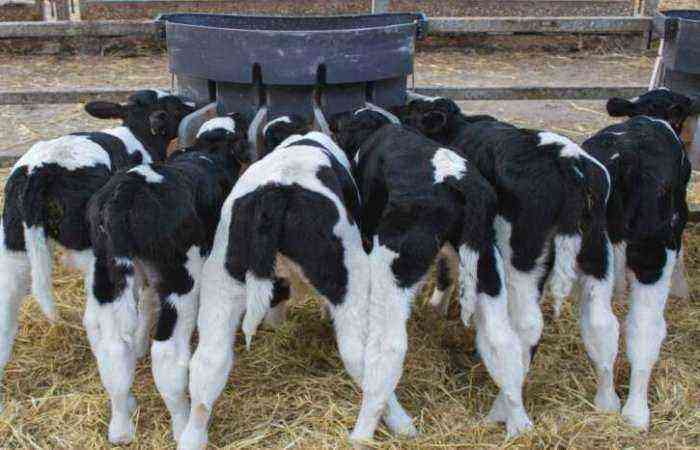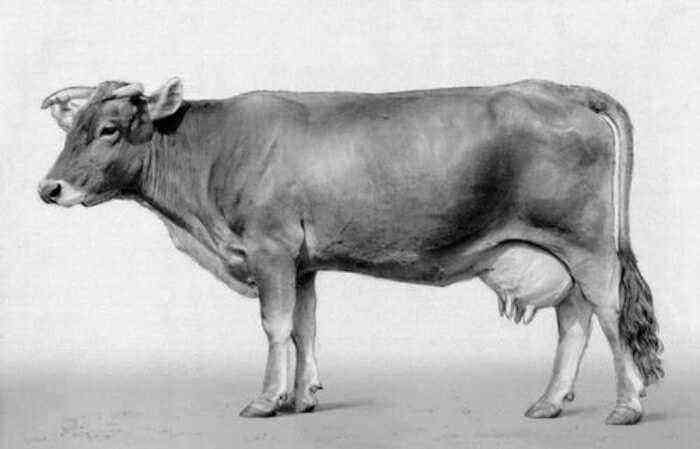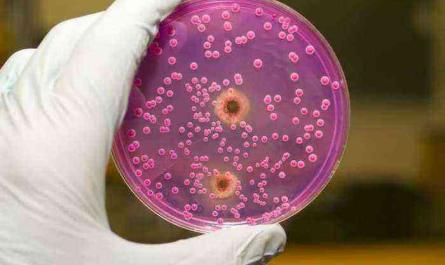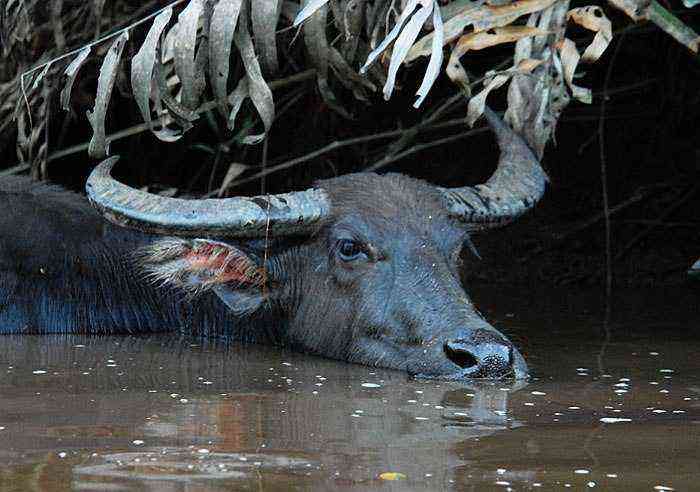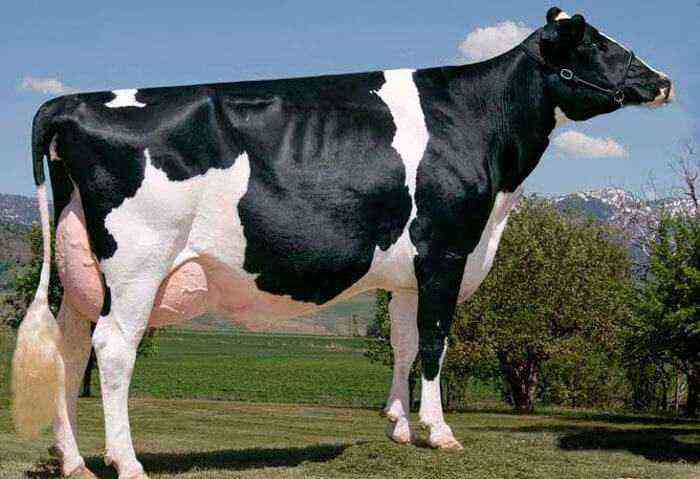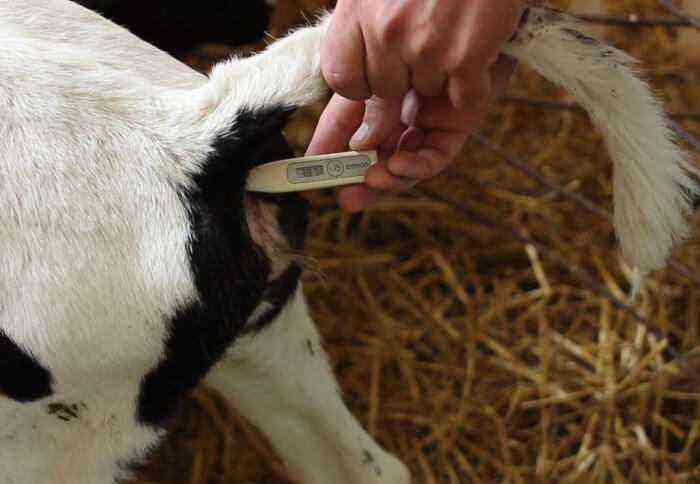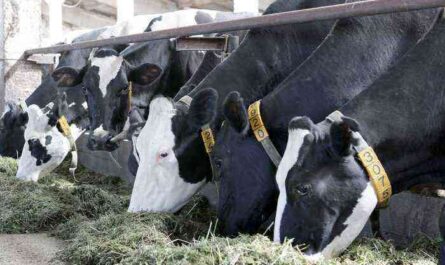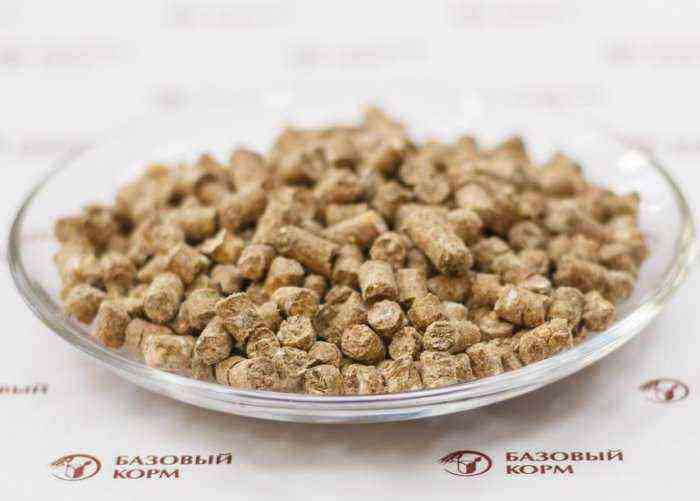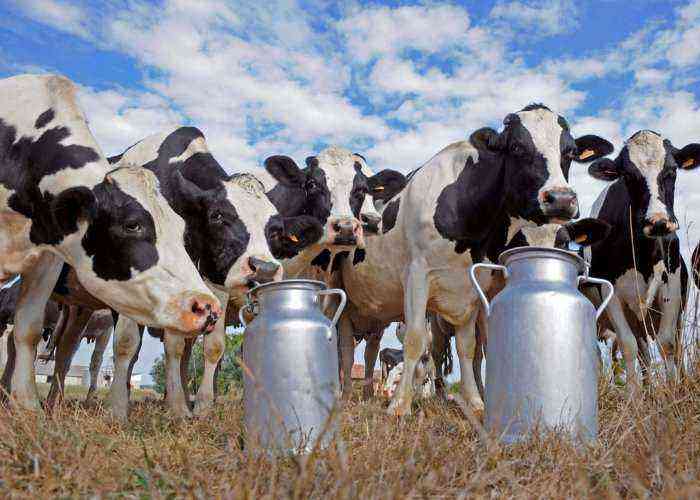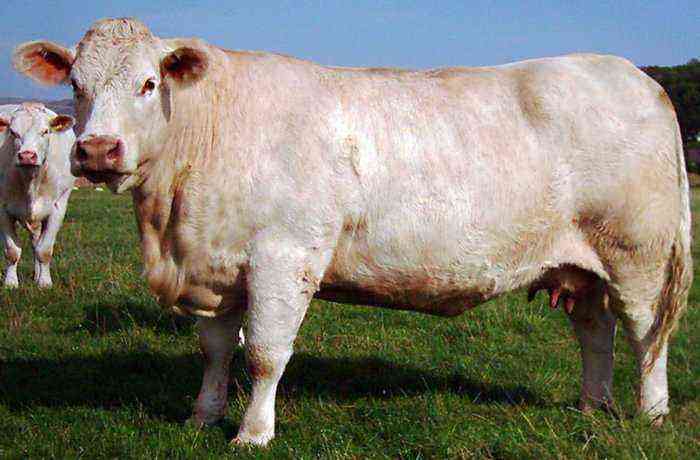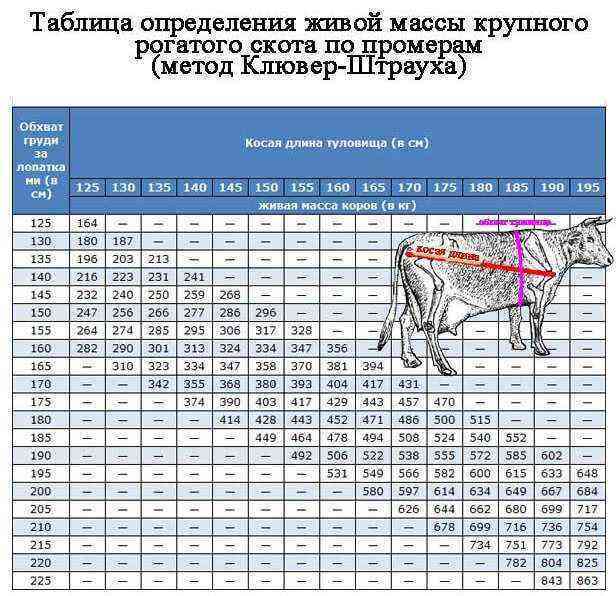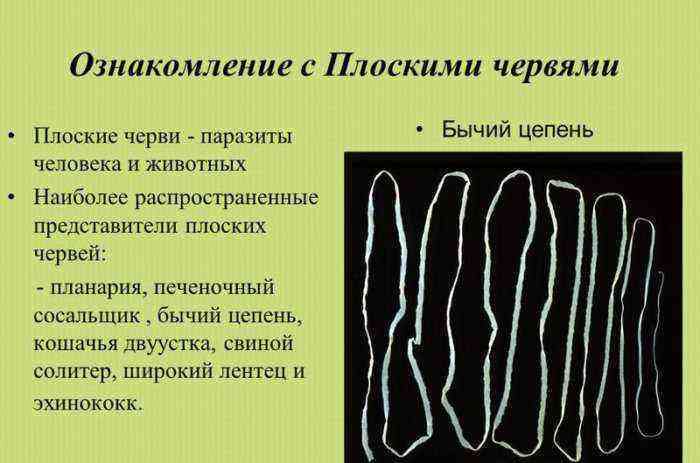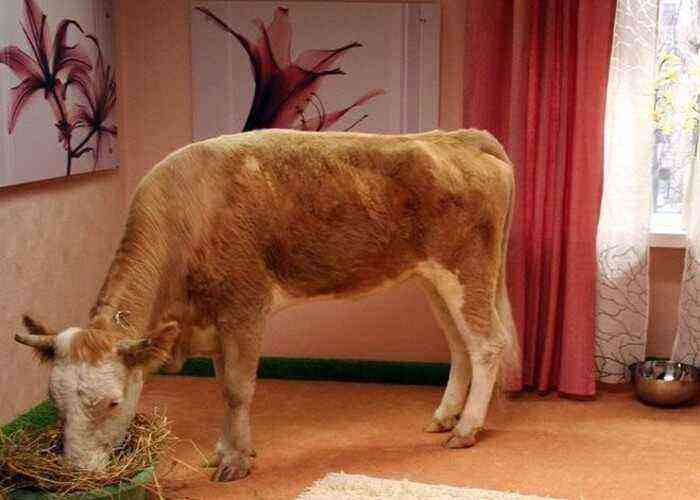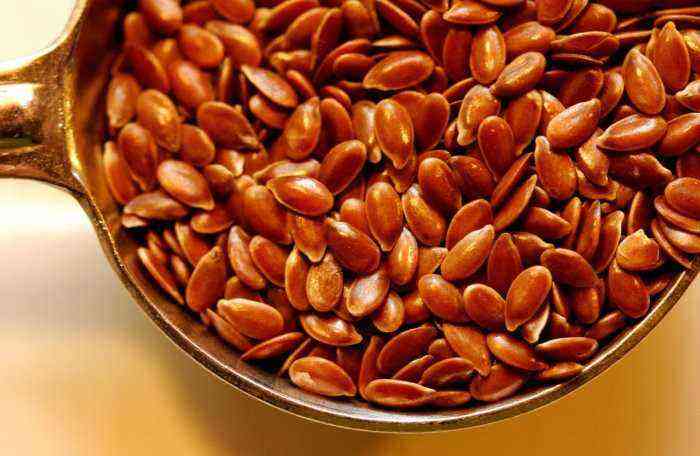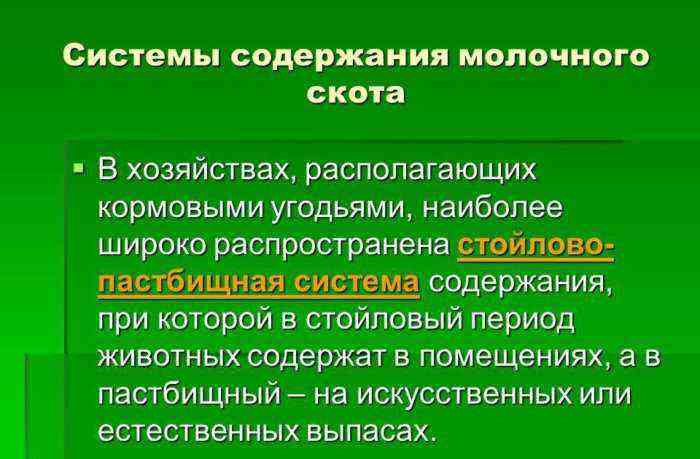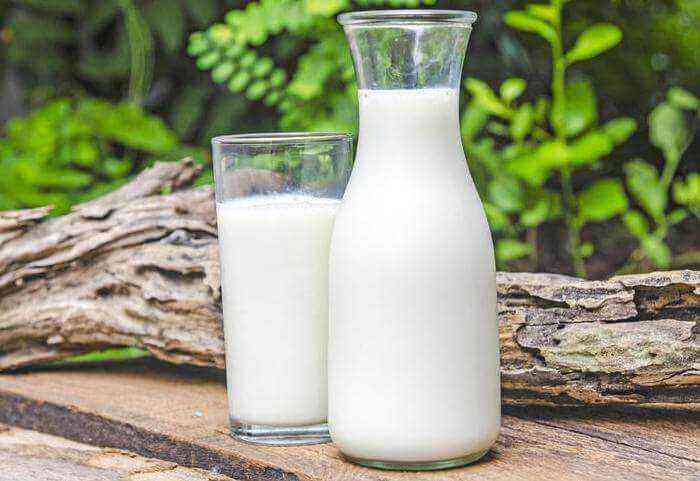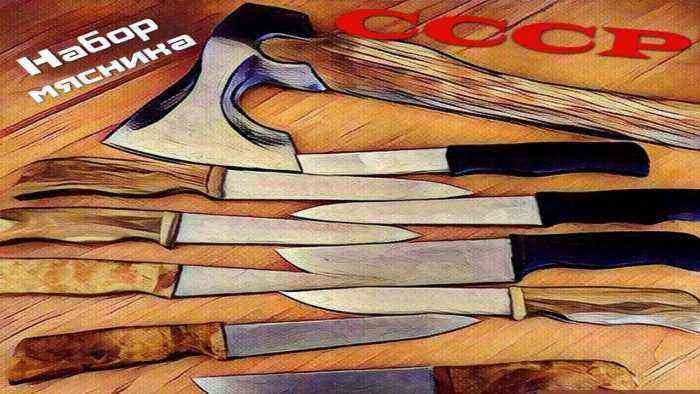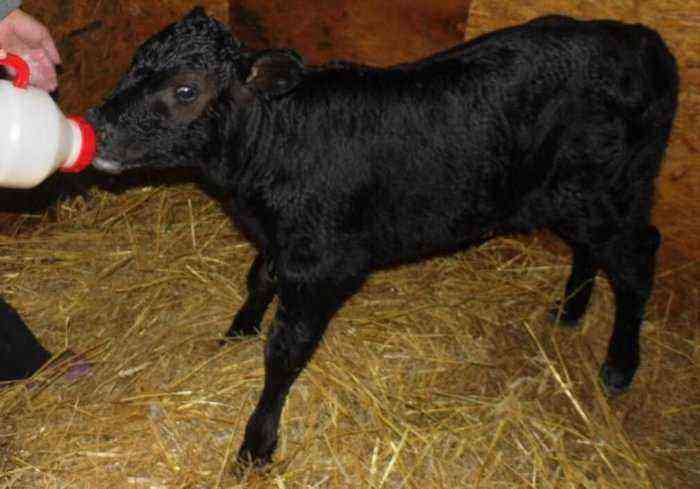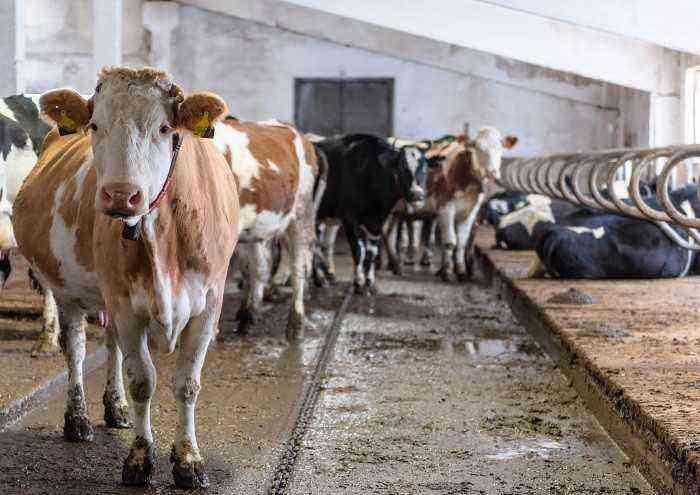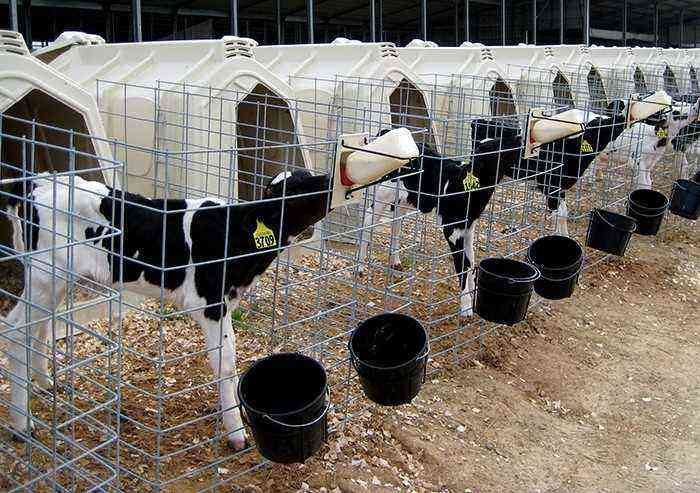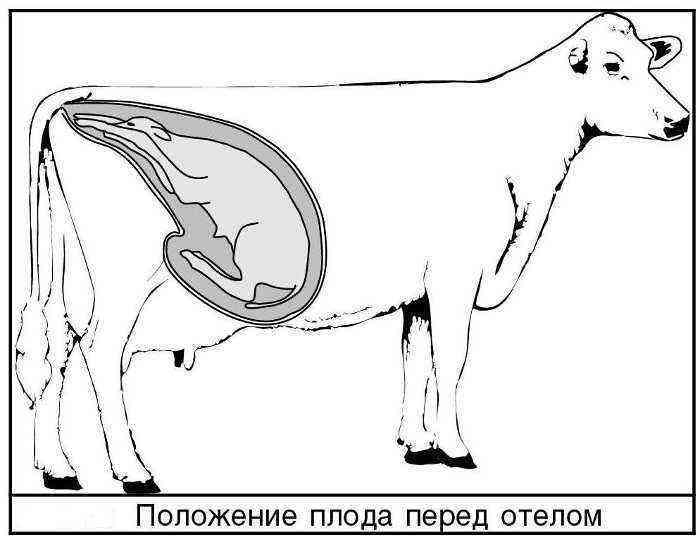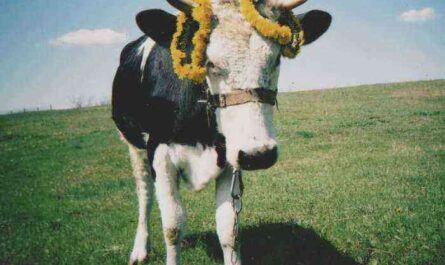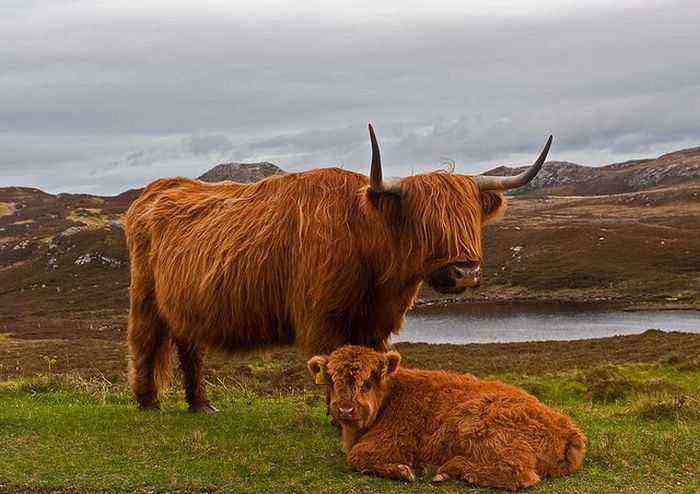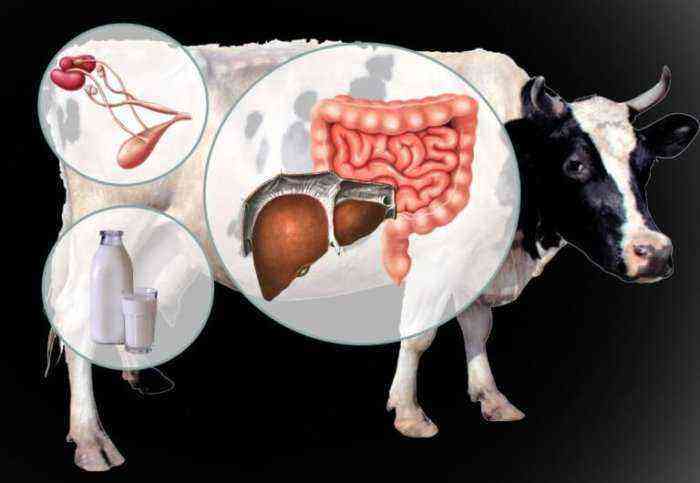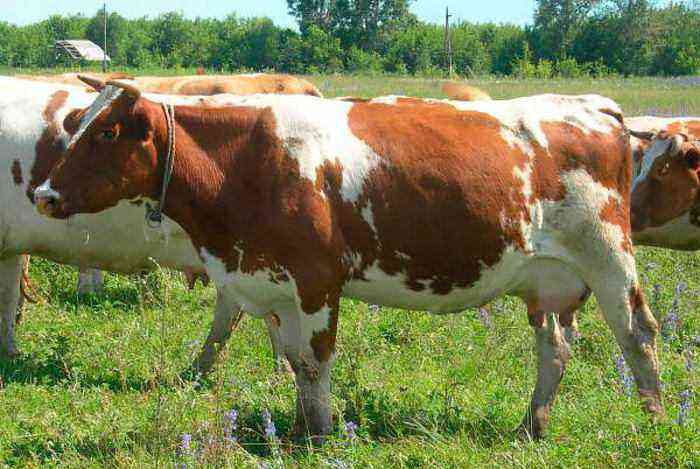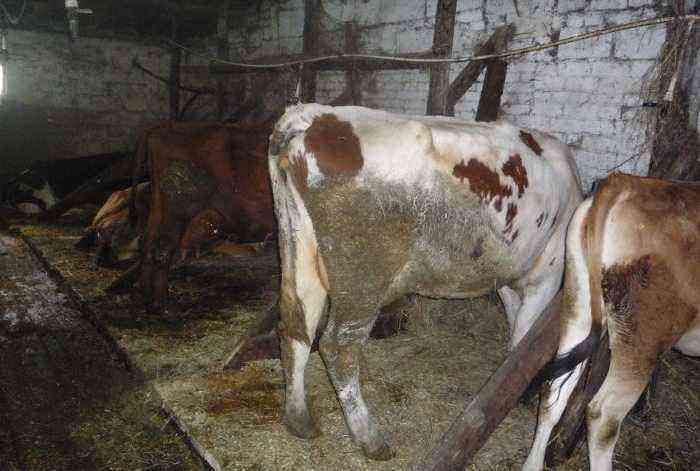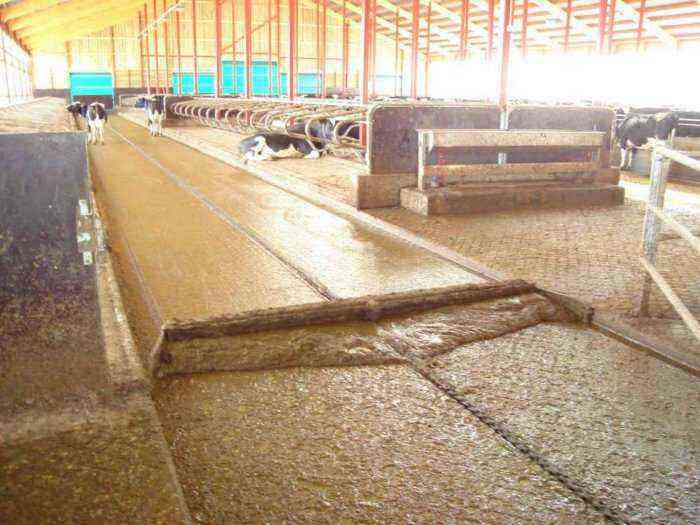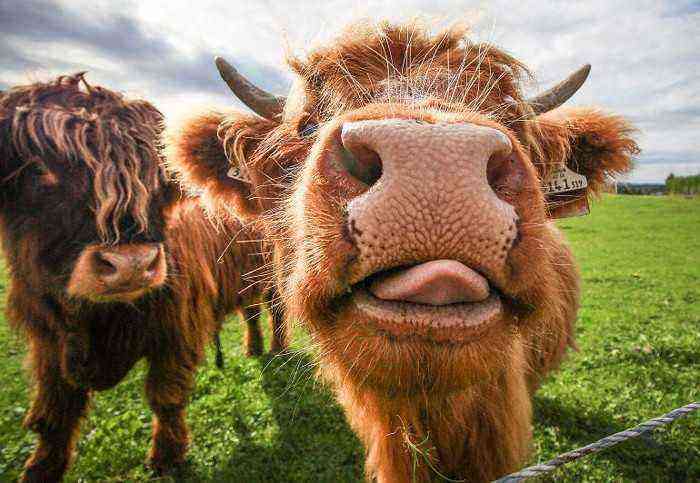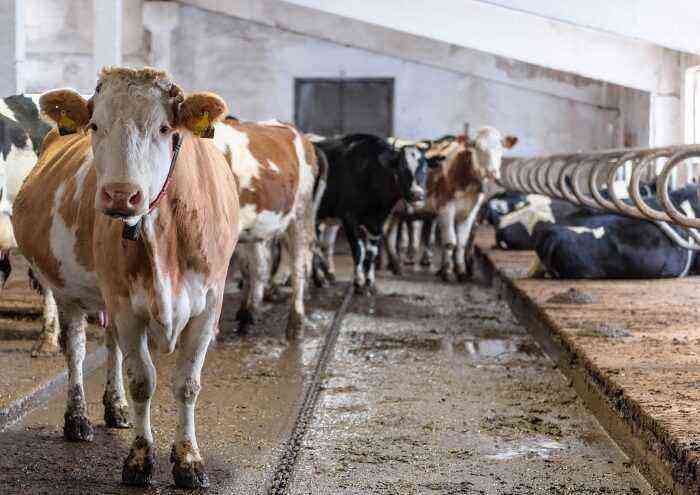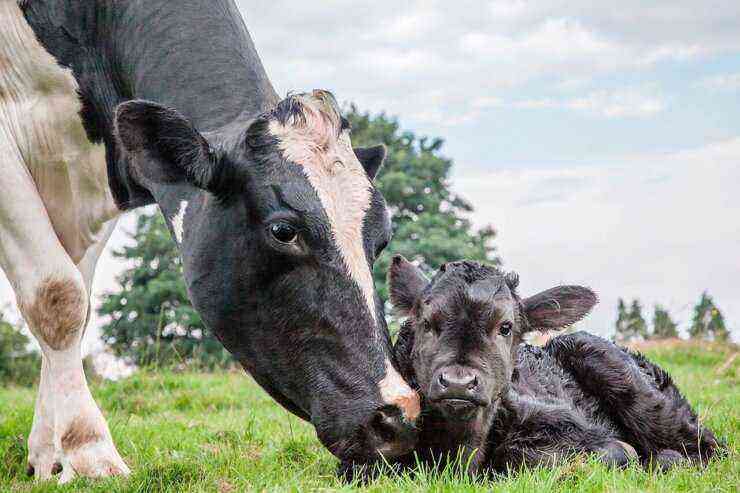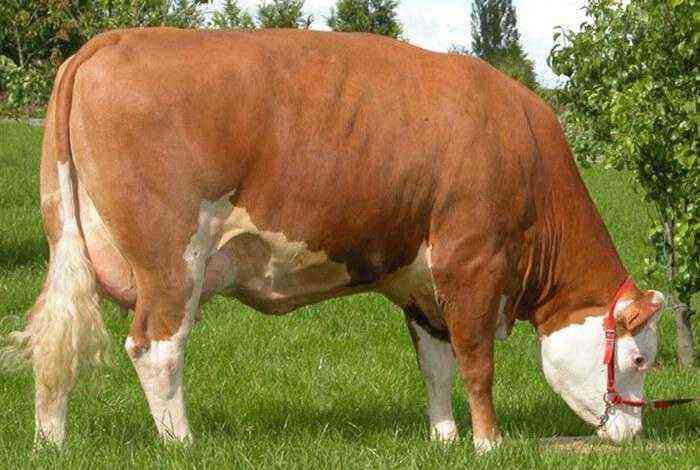Among the many varieties of dairy cattle, the Holstein cow is rightfully considered one of the best. It is distinguished by high milk yield, no special requirements for keeping conditions, and average meat productivity. Thanks to these qualities, the breed line has spread widely throughout the world.
Holstein cattle
Characteristics of the breed
The Holstein breed of cows is equally well suited for both small farms and large livestock enterprises. This animal is the result of a long selection work, and due to a number of features, it is still actively used today to breed new varieties of cattle.
Origin
In the formation of the Holstein cow, several breeds of cattle from Belgium, Denmark and Holland were used. But the main breeding work was already done in the USA, where the animals were brought by settlers at the beginning of the XNUMXth century. The imported cattle, due to their high milk yield, were of particular interest to local farmer Winsrop Chenery, who purchased several animals for breeding on his farm. As a result, he significantly increased the milk productivity of animals and by the second half of the century created his own breed of cows, which was called “Holstein-Friesian”.
The merits of a new breed of cattle for North America did not go unnoticed, and in 1871 an association of breeders was created that dealt exclusively with this breed. In the same year, a stud book of this breed line appeared.
In the future, such cattle spread to Canada, as well as to some European countries. Moreover, in 1983 the name of the breed was officially simplified, and it was called simply Holstein.
Description
This type of cattle is distinguished by a rather large weight. The average weight of a cow is 700 kg. At the same time, bulls of the Holstein breed are quite capable of reaching 900 kg. If, with their content, you also use a properly balanced diet for nutrients, reaching the mark of 1200 kg is also quite realistic.
Holstein cow with calf
The Holstein Friesian cow outperforms other varieties of dairy cattle in terms of growth. Many individuals at the withers reach an average of 150 cm or more. The height of the bull, as a rule, is at least 160 cm.
As for the exterior features, they include the following:
- massive body with moderately developed muscles;
- deep and wide chest;
- the loin is slightly narrower than the chest, but also quite voluminous;
- narrow prominent neck;
- long limbs with strong joints;
- well developed udder, which is bowl-shaped and covered with short white hair.
The color of the Holstein was inherited from the ancestors of the breed imported from Europe. In most animals, it is black and motley. Much less often, calves are almost black in color with small white spots on the limbs and tail. Also, in some cases, red-motley gobies may appear. At the time of the appearance of the breed, they were considered “defective” and were excluded from further breeding work. But today, such an offspring is used to breed new breed lines.
Productivity
Holsteins are rightfully considered champions in terms of milk production. But it is worth noting that the annual milk yield of such livestock largely depends on the natural conditions in which they are bred, and on the composition of the diet. So, in the warm climate of Israel, with a proper balance of nutrition, breeders manage to collect from one animal an average of up to 10 thousand kg of milk per year. For the United States, this figure varies from 8 to 9 thousand kg.
Reference. In the climate of Russia, representatives of the breed are able to produce an average of 6 to 7,5 thousand kg of milk per year.
But the volume of milk yield directly affects the quality of the product. If in Israel the fat content of milk obtained is only 3,1%, then domestic cows produce such products with a fat content of at least 3,8%.
Cow’s milk
It is worth noting that the productivity and fat content of milk also differ in Holstein cows with different colors. Individuals with a black and white suit give about 7-7,5 thousand kg of product per year, and its fat content is 3,6-3,8%. Milk yields of red-and-white cattle reach 4-4,5 thousand kg. At the same time, the fat content of their milk reaches 4%. Both representatives of the breed are suitable for both manual and machine milking.
The meat productivity of Holstein-Friesian bulls is characterized by average indicators. Weight gain in young bulls ranges from 950 to 1100 g per day. At the same time, the yield of meat from an animal is 55-60%. It has good taste qualities.
Advantages
The high demand for such cattle in the world can be traced mainly due to a number of advantages that the breed has. And among such moments, in addition to high milk productivity, also include:
- high resistance to various diseases of cattle;
- fast adaptation in any climate;
- calm disposition and lack of aggression towards other inhabitants of the farm or farmstead;
- high quality beef, which is obtained from Holstein bulls;
- early puberty in heifers.
Keeping and breeding
Holsteins are quite sensitive to the conditions of detention. Moreover, a sharp transition to new feed, temperature changes, dirt in the barn are perceived by animals as severe stress and necessarily lead to a decrease in milk yield.
When preparing a barn for keeping cows of this breed line, the following points should be taken into account:
- it must be dry and warm, for which it is necessary to ensure high-quality insulation of walls and ceilings;
- there must be a functional system of supply and exhaust ventilation;
- drafts must be completely eliminated;
- in the floor it is required to equip drains that will help maintain cleanliness in the machines;
- it is also important to organize the correct lighting system;
- the cowshed should be spacious, as the high density of housing is perceived by cows extremely negatively and leads to a decrease in milk yield.
Important! The most optimal option for keeping such animals is a loose box. When all other conditions are met, it allows you to reach maximum milk yields and maintain optimal livestock health.
Also, when breeding Holstein cows, one should adhere to such nuances:
Representatives of the breed love cleanliness
- cleaning in the barn is carried out daily (holsteins are extremely clean animals);
- the litter is replaced as it becomes caking and dirty;
- the cow must be provided with a sufficient amount of drinking water, which must be heated before serving;
- Cows need constant veterinary supervision.
Of course, one of the most important moments in obtaining high milk yields is the correct feeding of livestock. It is best to use high-protein foods for this purpose. If feeding is based on compound feed and hay (greens), then it is important to ensure that a significant part of the food is made up of various legumes (alfalfa, peas, lupins).
Attention! It is also mandatory to include wheat, root crops, vegetables, mineral and vitamin supplements in the diet.
The calculation of feed volumes is carried out as follows: for every 100 kg of weight, at least 2 kg of hay and 8-10 kg of vegetables per day are needed, and the higher the productivity of the animal, the more feed is needed. Transitions between summer and winter diets or different types of food base are carried out within two weeks. If the period is shortened, this will affect the volume of milk yield.
With regard to livestock breeding, cows are ready for insemination as early as 14 months of age. But most often it is carried out when the animal reaches the age of 24 months. Calving in Holsteins, as a rule, is easy and does not require special human intervention. Complications during childbirth can be traced only in 10% of cases.
Thus, the Holstein-Friesian is the most popular dairy cattle breed in the world. It is characterized by rapid acclimatization, high resistance to disease, calm disposition. But in order to get record milk yields, one should be extremely responsible in creating special conditions for keeping such animals. Indeed, in the absence of them, the volume of milk in a cow can be even less than in ordinary universal varieties.
